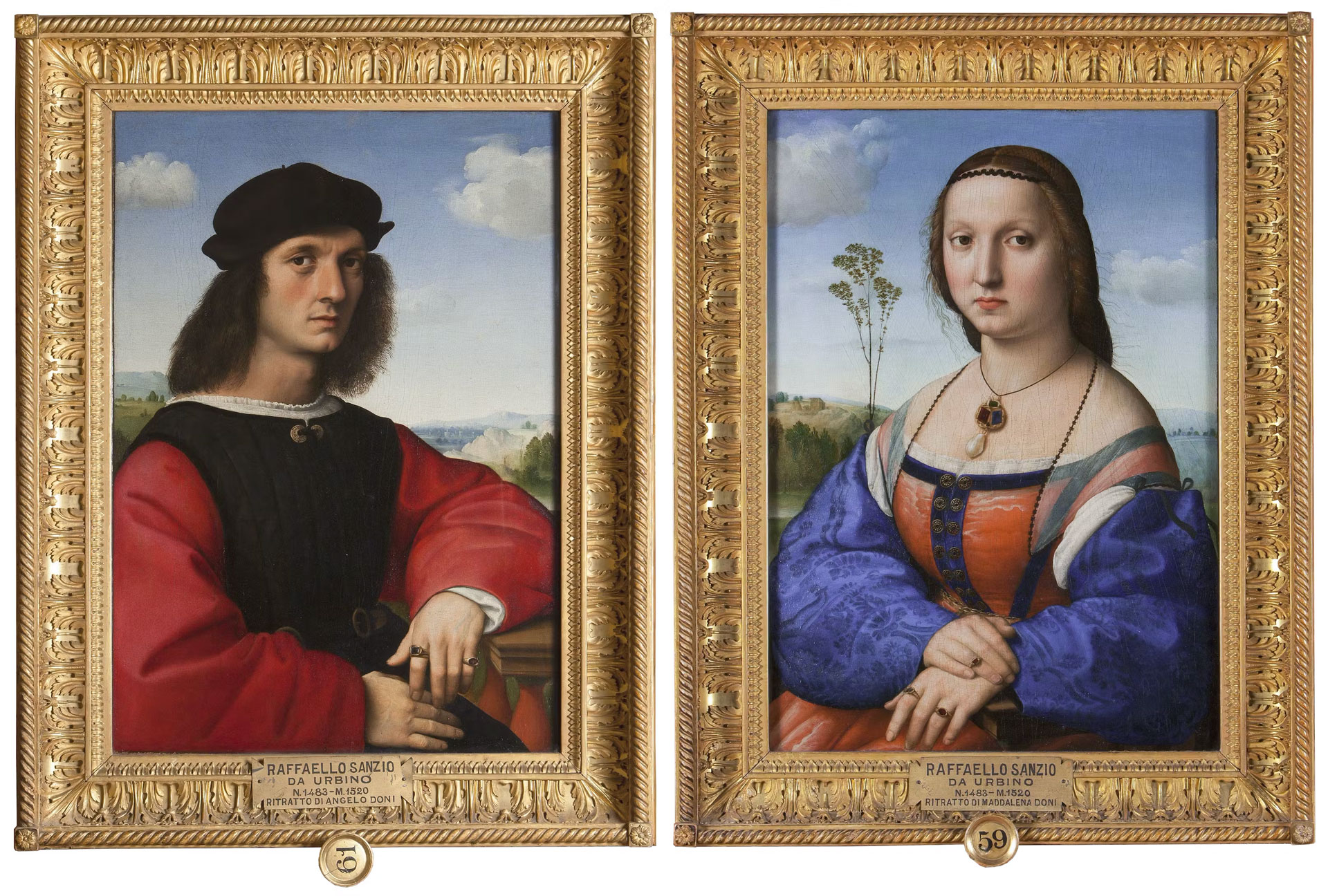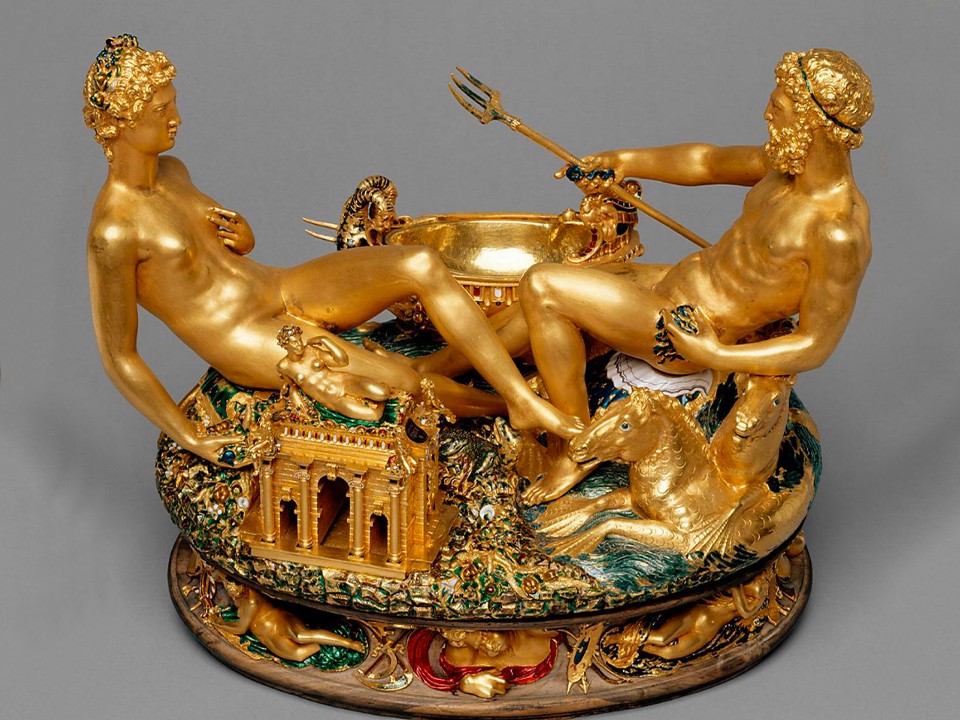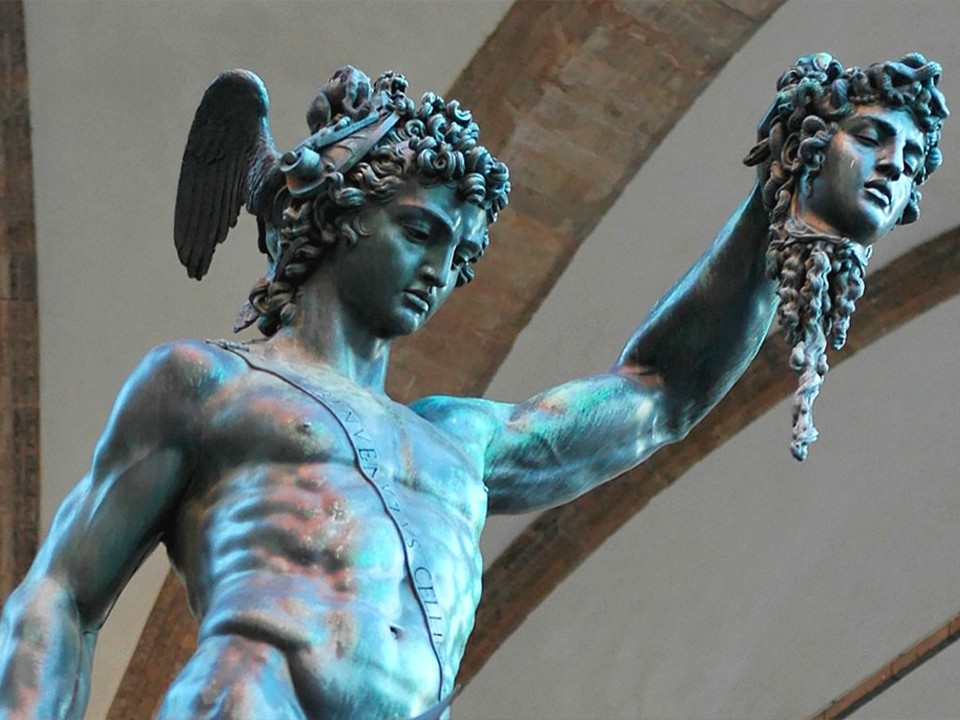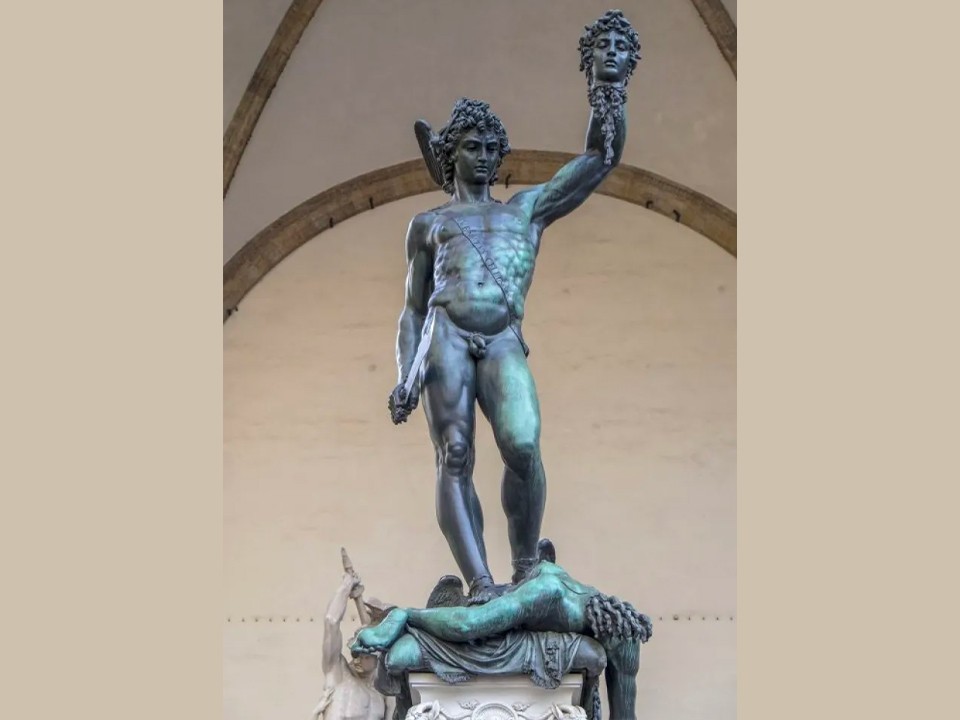Renaissance Jewelry: from Ornament to Status Symbol
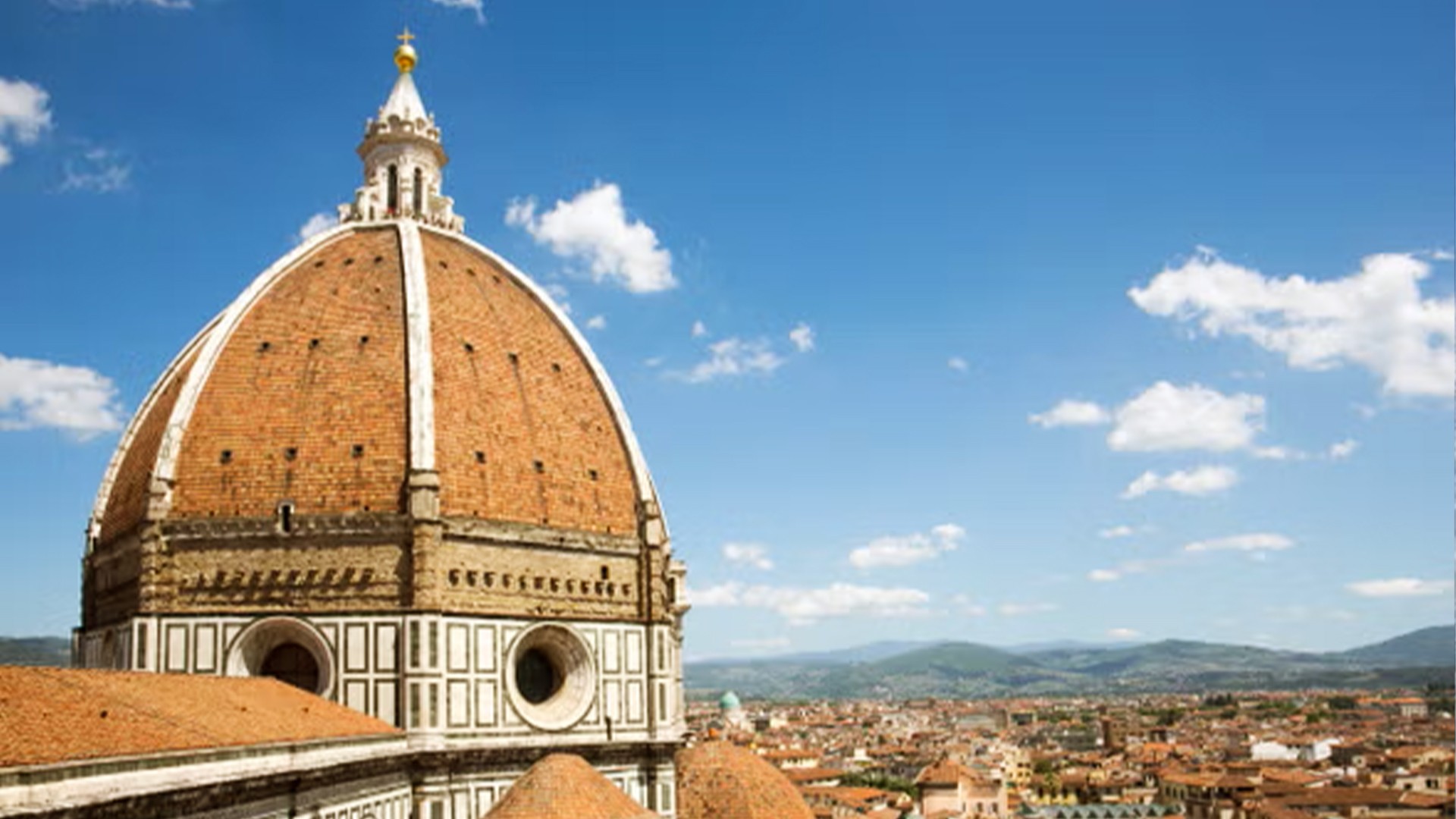
A symbol of wealth and nobility, jewelry in the Renaissance was a way to assert one’s social status. The Renaissance is the historical period that spans from the mid-1400s to the end of the 1500s and was characterized by a strong cultural and artistic renewal, based on the centrality of man and his ability to assert himself in the world through his skills, such as those of craftsmen and Renaissance goldsmiths. It was also an era of great economic, political and social changes, marked by the discovery of the New World in 1492.
From New World Gems to Florentine Renaissance Goldsmiths
The exploration voyages and geographical discoveries of the 1400s and 1500s brought to Europe, among many novelties, large quantities of precious metals and stones. Christopher Columbus, after discovering America in 1492, continued his voyages to the new continent and a few years later found large quantities of gold in Venezuela. During the same period, the Portuguese Vasco da Gama reached India, discovering its diamond mines. At the beginning of the 1500s, Spanish expeditions led by Hernán Cortés and Francisco Pizarro conquered and destroyed the Aztec empire in Mexico and the Inca empire in Peru respectively, both extremely rich in precious resources.
This had a notable impact on Renaissance jewelry, which became increasingly rich and elaborate thanks to the gems and gold that arrived from the New World. In Florence, the Italian city at the center of cultural and artistic rebirth, goldsmith artists became as renowned and important as painters and sculptors: many of these, in fact, such as Brunelleschi and Donatello, began their careers precisely in the goldsmith workshops of the city. Specialized craftsmen emerged such as the gold beater, who worked gold and silver until reducing them to extremely thin sheets, the gilder, the jewelry designer. The Renaissance goldsmiths of Florence acquired great fame and the symbol of their art became Ponte Vecchio, the bridge over the Arno where in 1593 Ferdinand I de’ Medici had all the goldsmith shops moved.
The most celebrated was Benvenuto Cellini (1500-1571), who, in addition to being a goldsmith, was a sculptor and writer and worked at the court of French royalty and later for the noble and powerful Medici family, dukes of Florence. His most famous works were the bronze statue of Perseus with the Head of Medusa, still in Piazza della Signoria in Florence, and the Salt Cellar of Francis I of France, in gold, considered his masterpiece.
The Style of Renaissance Jewelry: the Success of Pendants, Rings, Earrings, and the Passion for Pearls
The most appreciated Renaissance jewelry pieces were pendants, which became fashionable thanks to the new style of women’s clothing, with wide necklines. Pendants were worn with a chain or sometimes attached to clothing: many of them had precious stones set or miniatures of carved images. These necklaces often matched belts, creating a sort of parure.
Also very popular were rings: both women and men often wore more than one. These too were adorned with gems and sometimes had a compartment to hide small relics.
Renaissance jewelry assigned a prominent place to earrings, which became an indispensable ornament for noble ladies, but sometimes also for men. Women wore mainly elongated pearls or teardrop-shaped precious stones on their ears.
Bracelets, however, were not widely used, due to the long and abundant sleeves of the garments.
The most widespread metal in Renaissance jewelry was gold, but precious stones such as rubies, emeralds, and sapphires were especially favored, and even more so pearls, both for their great value and because they were considered symbols of purity and fidelity. Pearls, in fact, in addition to appearing on pendants and earrings, very often appeared as ornaments on women’s clothing and hairstyles.
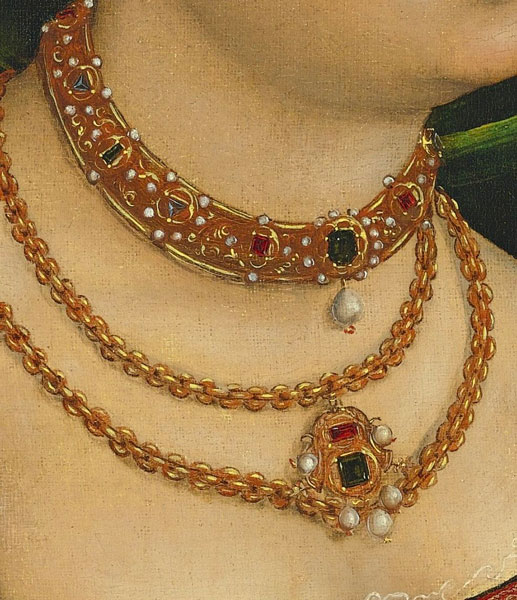
Nobles and Renaissance Jewelry: Famous Portraits
Some famous paintings by Italian painters of the sixteenth century help us get an idea of Renaissance jewelry.
Two famous examples are the portraits of Agnolo and Maddalena Doni by Raffaello Sanzio: both spouses wear several rings with the same stones, a ruby and an emerald, symbols of fidelity and fertility respectively. The most evident element, however, is the pendant that Maddalena wears around her neck: it is made of gold with a ruby, an emerald, a sapphire, and a pearl; around the emerald is the miniature of a unicorn, which represents purity.
Another very famous painting is Primavera by Sandro Botticelli: here nobles are not depicted, but nine characters from Greek mythology, including Venus in the center and the three Graces. Venus wears a pendant reminiscent of the lunula, which women of ancient Rome wore to promote fertility. The three Graces, her handmaidens, wear pendants with precious stones, pearls, and enameled gold leaves.
The Portrait of Eleonora of Toledo with her son Giovanni, by Agnolo di Cosimo known as Bronzino, depicts the Spanish noblewoman with one of the 11 children she had with the Grand Duke of Tuscany Cosimo de’ Medici, whose first wife she was. Eleonora wears two pearl necklaces; the pendant, with a diamond set in gold and a pearl, echoes the belt, also made of gold links with precious stones and a final tassel of pearls. Pearls also adorn the gold net that covers the square neckline of the dress and other gold threads run throughout the entire dress, emphasizing Eleonora’s wealth and nobility as well as the mastery of Renaissance goldsmiths.
